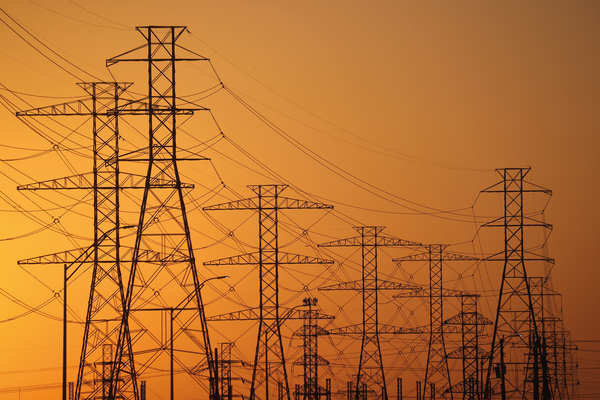The Federal Government’s electricity subsidy burden soared to an unprecedented ₦1.94 trillion in 2024, representing a 220% increase from the ₦610 billion spent in 2023. According to the latest annual report by the Nigerian Electricity Regulatory Commission (NERC), this spike was primarily driven by the widening gap between the actual cost of supplying electricity, referred to as the cost-reflective tariff, and the lower rates approved for customers, particularly after the government froze electricity tariffs for most consumers at December 2022 levels. Despite introducing a tariff hike in April 2024 for Band A customers, who consume about 40% of the national energy supply, the subsidy burden continued to mount due to inflation, foreign exchange volatility, and rising operating costs.
The NERC report revealed that in the first quarter of 2024 alone, subsidy obligations reached ₦633.30 billion, a 303% increase compared to the quarterly average of ₦157.15 billion in 2023 and a staggering 1,699% rise from 2022’s ₦35.21 billion. Although the Band A tariff adjustment, raising the rate from ₦66/kWh to ₦225/kWh (later revised to ₦206.80/kWh), led to a drop in subsidy spending to ₦380.06 billion in Q2, this relief was short-lived. The Federal Government’s directive in July 2024 to freeze all customer tariffs for the remainder of the year caused the subsidy obligation to climb again, rising to ₦464.12 billion in Q3 and ₦471.69 billion in Q4.
In total, the ₦1.94 trillion subsidy bill covered 62.6% of the total energy invoiced by the Nigerian Bulk Electricity Trading Plc (NBET) in 2024. Shockingly, the government only managed to pay ₦371.34 million of this amount, just 0.019% of its total obligation, leaving a gaping fiscal hole in the power sector’s finances. This unpaid liability places enormous pressure on the electricity generation companies (GenCos), whose debts are now nearing ₦5 trillion, and has further strained the financial health of electricity distribution companies (DisCos), many of whom are unable to recover the cost of service from consumers.
Disaggregating the subsidy burden across the country, the Abuja DisCo attracted the highest allocation at ₦285 billion, followed by Ikeja (₦272 billion), Ibadan (₦236 billion), and Eko (₦231 billion). At the lower end were Jos (₦118 billion) and Yola (₦67 billion), although Yola DisCo received the highest per-unit subsidy due to elevated cost-reflective tariffs driven by insecurity, infrastructure challenges, and high operating costs in the northeast. Nationally, while the average cost-reflective tariff stood at ₦175.31/kWh, customers were billed at an average rate of ₦100.27/kWh, resulting in a ₦75/kWh subsidy gap borne by the government.
To better manage this fiscal exposure, NERC introduced a new DisCo Remittance Obligation (DRO) framework in 2024, replacing the previous Minimum Remittance Obligation. Under this new model, DisCos are expected to remit 100% of their invoice based on allowed tariffs, while the government covers the difference as a subsidy. However, the system is already under strain as the federal government has failed to consistently honour its part of the obligation, further compounding the liquidity crisis in the sector.
Minister of Power, Adebayo Adelabu, has acknowledged the unsustainable nature of the subsidy regime, repeatedly warning that the government cannot continue to absorb these costs. He has hinted at the inevitability of transitioning to cost-reflective tariffs across all customer bands to ensure the long-term viability of the sector. Analysts and stakeholders have echoed this sentiment, arguing that without urgent reforms and full tariff adjustments, Nigeria’s power industry risks collapse under the weight of debt and operational inefficiencies.
Beyond the financial stress, the growing subsidy burden has stirred political tension. Several state governors have pushed back against proposed amendments to the Electricity Act, which aim to decentralize regulatory authority and encourage competition. Meanwhile, citizens face worsening power reliability and higher inflation as macroeconomic instability, especially the floating of the naira and removal of fuel subsidies, continues to ripple across household incomes.
Ultimately, Nigeria’s ₦1.94 trillion electricity subsidy in 2024 highlights the deep structural challenges plaguing the country’s power sector. Without a comprehensive overhaul, including pricing reforms, infrastructure investment, and governance restructuring, the system may become increasingly unsustainable, threatening both national energy security and economic growth.

